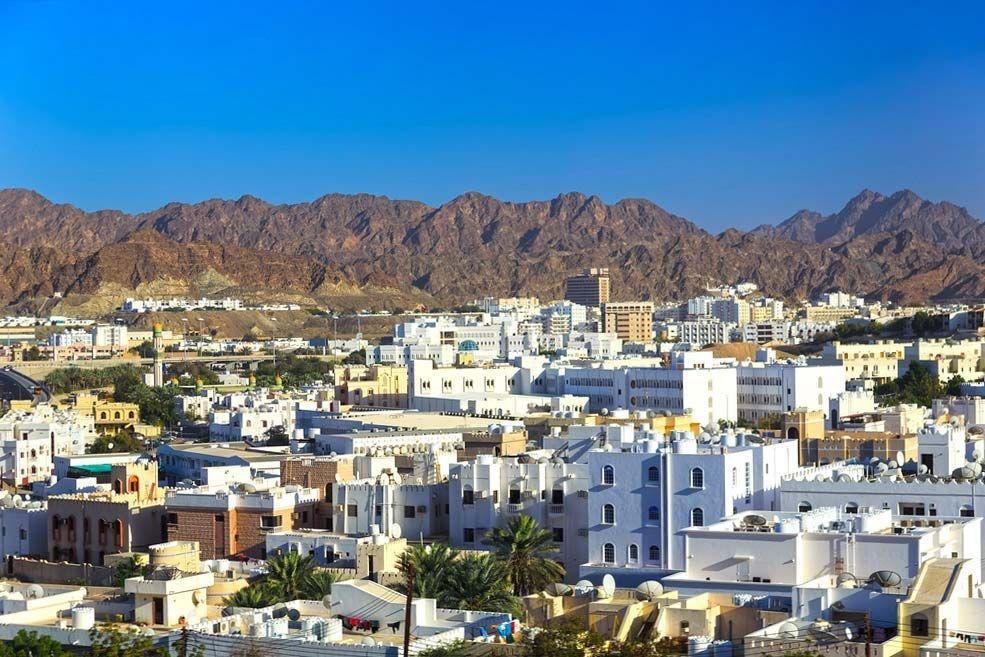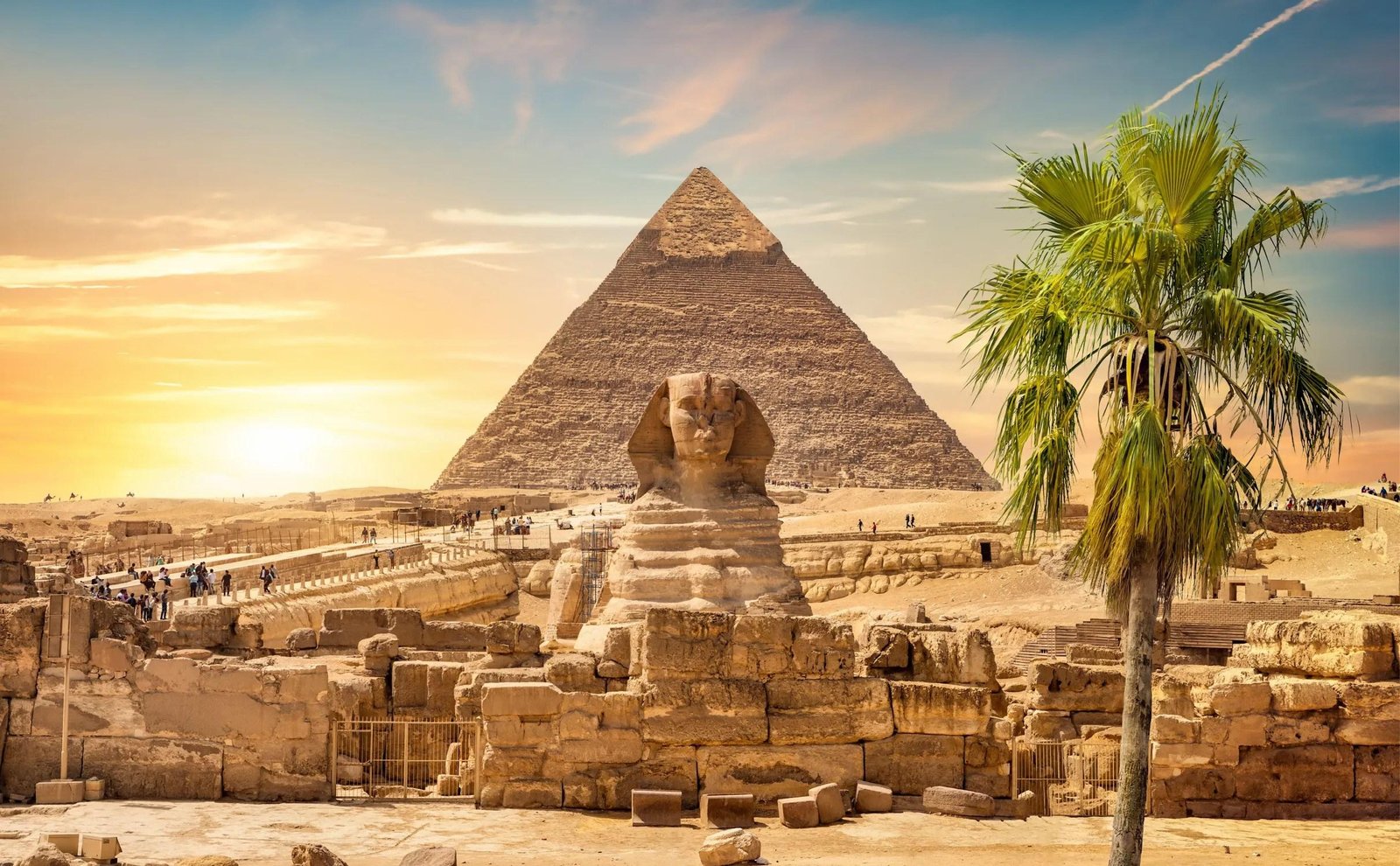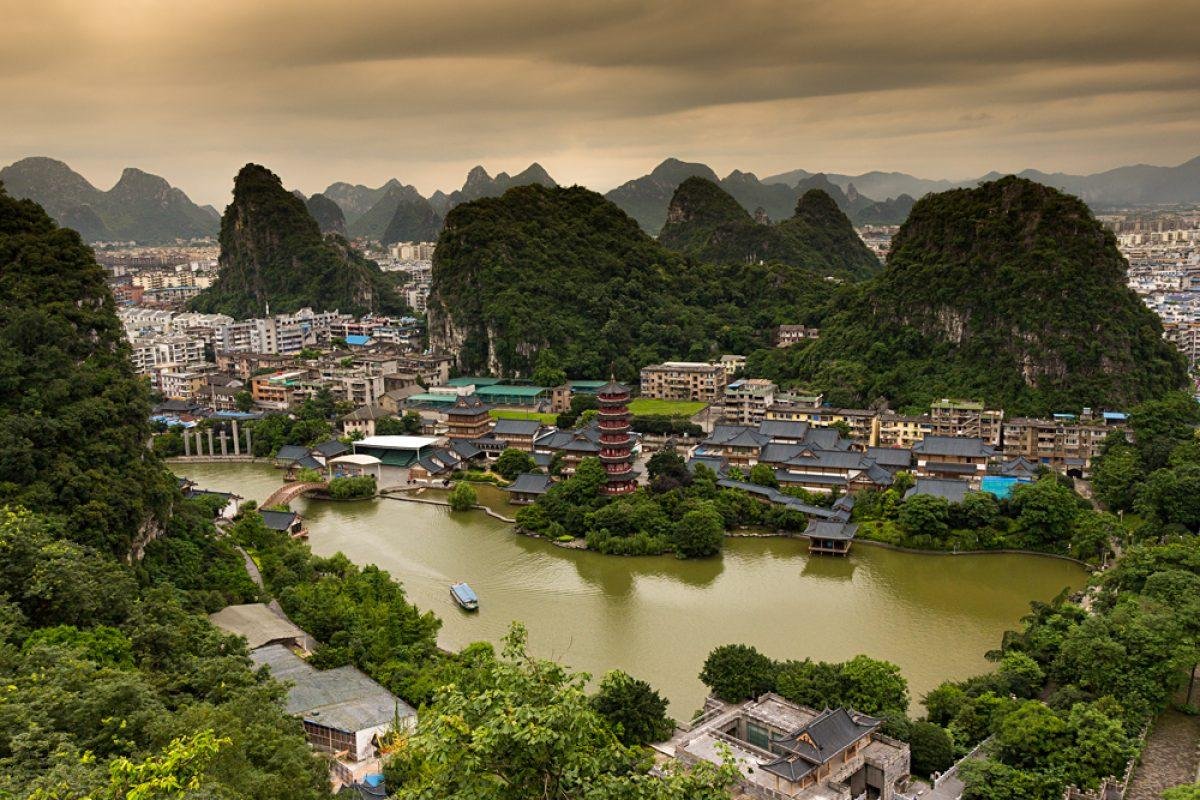Muscat, the capital city of Oman, is a captivating blend of traditional Arabian architecture and modern design, reflecti...
The Architectural Tapestry of Ho Chi Minh City, Vietnam
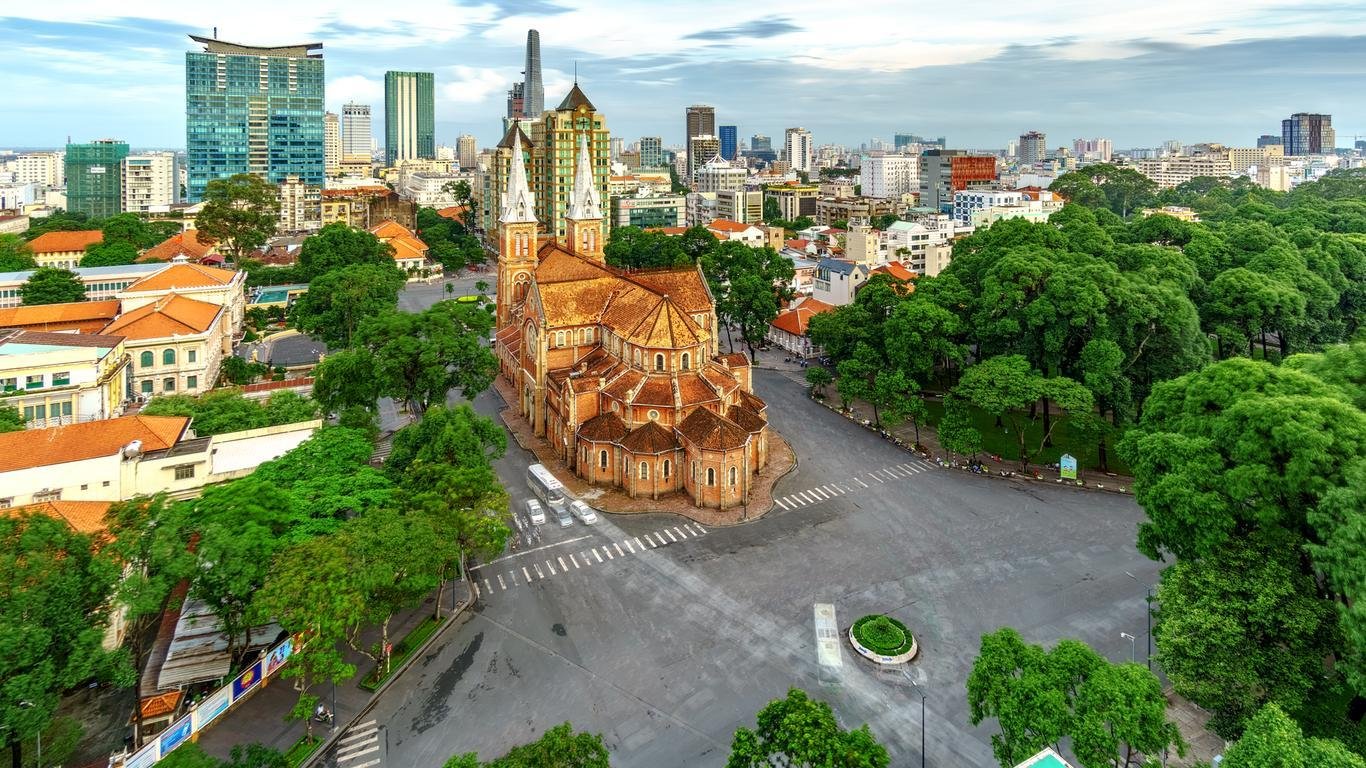
Ho Chi Minh City, formerly known as Saigon, is a bustling metropolis in Vietnam that showcases an eclectic blend of architectural styles, reflecting its rich history and rapid modernization. From colonial-era structures to contemporary skyscrapers, the city’s architecture narrates the story of its cultural evolution and economic growth.
At the heart of the city lies the historic District 1, where the remnants of French colonial influence are prominently displayed. The Notre-Dame Cathedral Basilica of Saigon, built between 1863 and 1880, is a stunning example of neo-Romanesque architecture. Constructed with red bricks imported from France, the cathedral features twin bell towers and beautiful stained glass windows, making it a focal point for both worshippers and tourists. Adjacent to the cathedral is the Saigon Central Post Office, another architectural gem designed by French architect Gustave Eiffel. This grand building, completed in 1891, boasts a stunning vaulted ceiling, intricate wooden details, and a large clock, reflecting the elegance of colonial design.

The iconic Saigon Opera House, known as the Municipal Theatre, is another architectural highlight of the city. Built in 1900, it showcases a blend of neo-classical and French colonial styles, with its ornate façade and grand staircases. The opera house hosts a variety of cultural performances, including ballet, opera, and traditional Vietnamese shows, making it a cultural hub in the heart of Ho Chi Minh City.
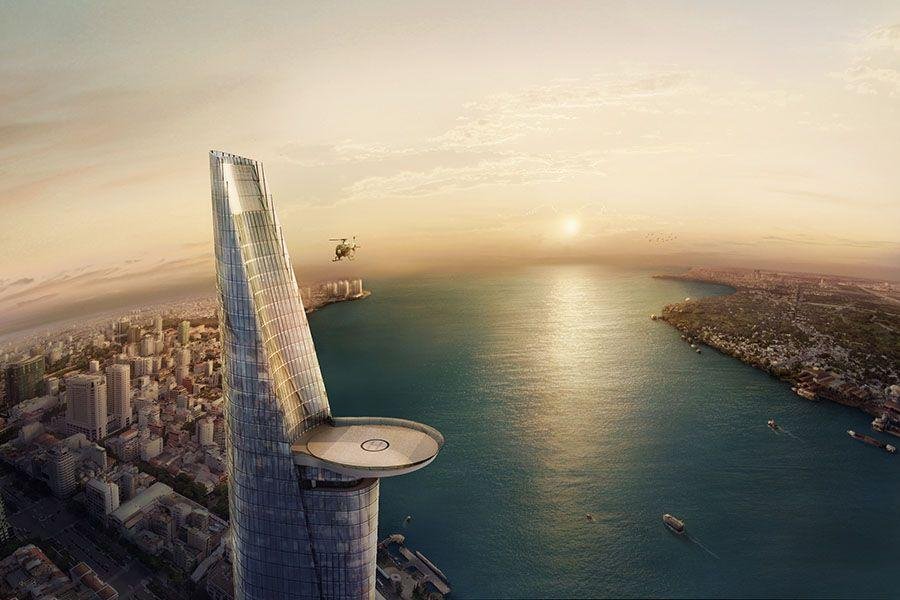
As the city evolved, modern architecture began to emerge, particularly in the downtown area. The Bitexco Financial Tower, completed in 2010, is a striking example of contemporary design. Standing at 262 meters, the tower features a unique helicopter pad and a futuristic façade, symbolizing the city’s rapid economic development. The observation deck on the 49th floor offers breathtaking panoramic views of the city, attracting both locals and tourists.
Another notable modern structure is the Landmark 81, the tallest building in Vietnam and Southeast Asia. Completed in 2018, this 461-meter-tall skyscraper embodies modern architectural ingenuity. The building features a sleek design with a shimmering façade, housing luxury apartments, a hotel, and a shopping mall. Landmark 81 has become an iconic part of the Ho Chi Minh City skyline, representing the city’s aspirations for the future.
In addition to its modern developments, Ho Chi Minh City is home to various cultural institutions that highlight its architectural diversity. The War Remnants Museum, housed in a former colonial building, presents the history of the Vietnam War through powerful exhibits and photographs. The museum’s architecture serves as a poignant reminder of the city’s turbulent past and the resilience of its people.
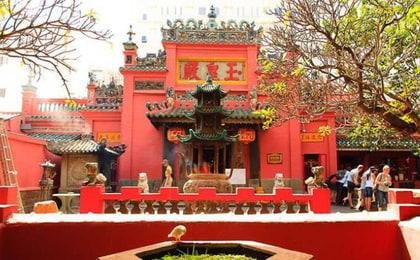
The Jade Emperor Pagoda, located in the District 1 area, showcases traditional Vietnamese architecture and spirituality. Built in 1909, this ornate temple is dedicated to the Jade Emperor and features intricate wood carvings, statues, and vibrant colors. The pagoda is a serene oasis amidst the bustling city, attracting visitors seeking spiritual reflection and cultural insight.
The city’s architectural landscape is further enriched by its vibrant street life and local markets. Ben Thanh Market, one of the oldest markets in Ho Chi Minh City, is housed in a distinctive building with a clock tower. The market is a bustling hub of activity, offering a wide range of goods, from fresh produce to handicrafts. The architecture of the market reflects the local culture and community spirit, making it a must-visit destination for tourists.
As Ho Chi Minh City continues to grow, urban planning initiatives aim to enhance the city’s infrastructure while preserving its architectural heritage. The preservation of historical buildings is a priority for local authorities, ensuring that the city retains its cultural identity amidst rapid development. Efforts to create pedestrian-friendly areas and green spaces contribute to the overall livability of the city, allowing residents and visitors to enjoy its architectural beauty.
The city’s vibrant nightlife is also reflected in its architectural landscape. Rooftop bars and restaurants, often located in high-rise buildings, offer stunning views of the city skyline. The blend of modern design and traditional elements creates a unique atmosphere for dining and socializing, making it a popular destination for both locals and tourists.
The architectural narrative of Ho Chi Minh City is not only defined by its buildings but also by the people who inhabit them. The city is home to a diverse population, and its architecture reflects this cultural mosaic. Traditional Vietnamese houses, known as “nhà rường,” can still be found in some neighborhoods, showcasing wooden structures with intricate carvings and tiled roofs. These traditional homes offer a glimpse into the architectural heritage of Vietnam and the lifestyle of its people.
As the city embraces modernity, it also honors its past. The annual Ho Chi Minh City Architecture Festival celebrates the city’s architectural achievements and promotes dialogue among architects, urban planners, and the community. This event highlights innovative design solutions and sustainable practices, emphasizing the importance of architecture in shaping the urban environment.
In conclusion, the architecture of Ho Chi Minh City, Vietnam, is a captivating blend of historical influences and modern innovation. From the grandeur of colonial-era buildings like the Notre-Dame Cathedral and the Saigon Central Post Office to the sleek lines of contemporary skyscrapers like Bitexco Financial Tower and Landmark 81, the city showcases a diverse array of architectural styles that reflect its rich cultural heritage. The intricate details of the Jade Emperor Pagoda, the vibrant atmosphere of Ben Thanh Market, and the cultural significance of the War Remnants Museum all contribute to the unique character of this dynamic city.
As visitors explore the architectural wonders of Ho Chi Minh City, they are transported through centuries of history, experiencing the layers of culture that have shaped this remarkable metropolis. Each building tells a story, revealing the aspirations and achievements of the people who have called Ho Chi Minh City home throughout the ages. With its stunning architecture and vibrant atmosphere, the city continues to captivate the hearts of all who visit, inviting them to discover the rich narratives woven into its urban landscape. The seamless integration of tradition and modernity makes Ho Chi Minh City a fascinating destination for those interested in architecture, culture, and history.
Share:

